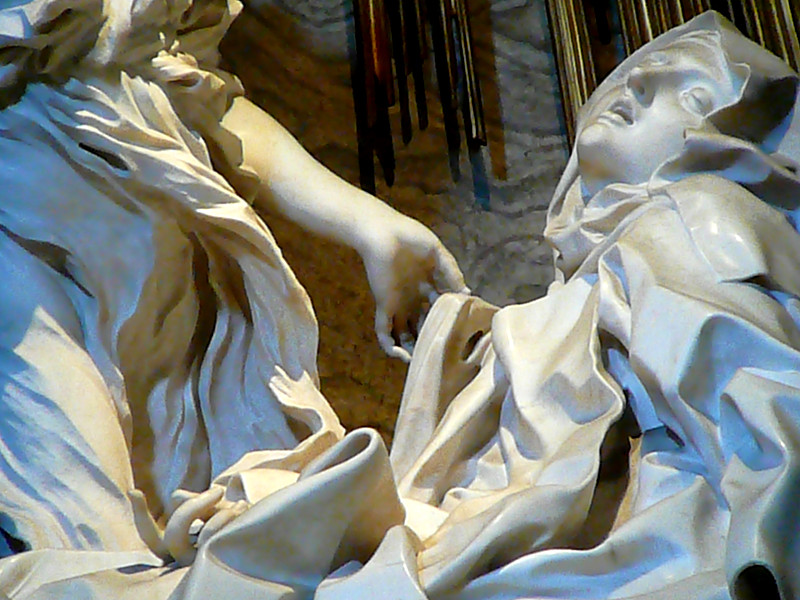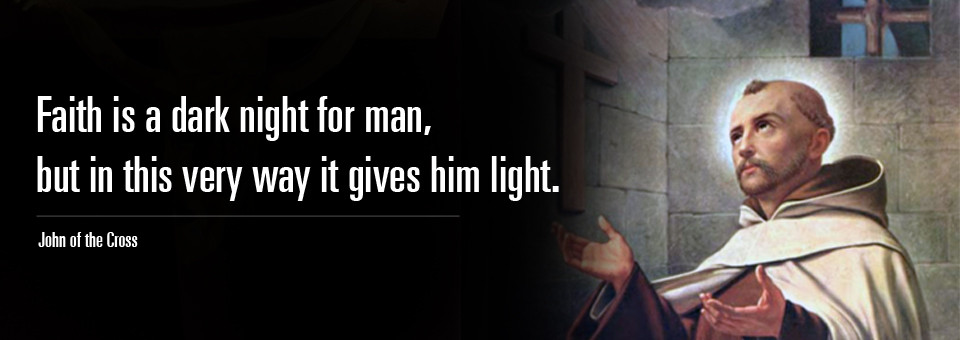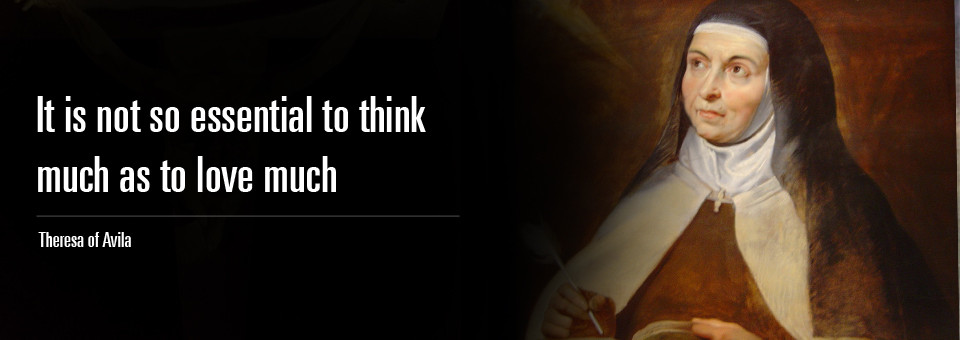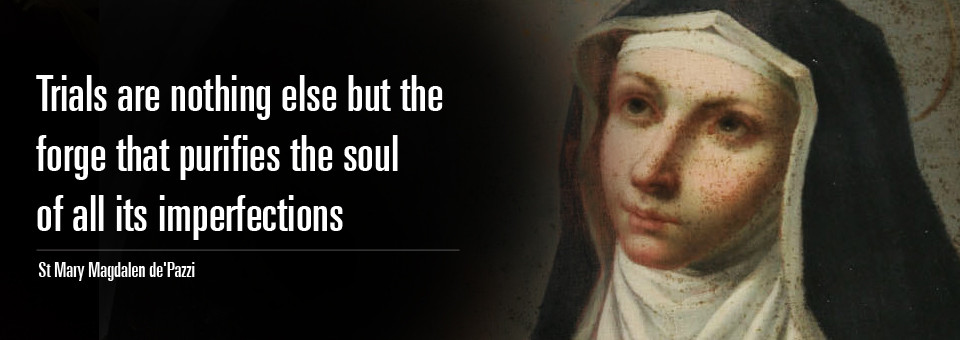
Exactly fifty years ago, on 27th September 1970, Pope Paul VI proclaimed the Spanish Saint Teresa of Jesus (Teresa of Avila) the first female Doctor of the Church. This was quite a gigantic step forward.
Only 36 saints have been declared ‘doctors’ throughout Church’s history and Teresa was the first female to make it in this select group. The title ‘Doctor of the Church’ is conferred to individuals recognised as having made a momentous contribution to theology and doctrine.
When alive, Teresa was a controversial figure, revered by many and reviled by others. A high dignitary of the Church, the Papal Nuncio Felipe Sega even dubbed her “a restless, roving nun, contumacious, and disobedient”.
The truth is that she was a saint, a mystic, a reformer and a wonderful woman
Who was Teresa?
She was born on March 28, 1515, in Ávila, Castile, Spain, into a large family of 12, her father was married twice, his first wife had died early. After a moment of typical teen crisis, when she was 20, she entered the Carmelite Monastery of the Incarnation, also in Ávila. From Doña
Teresa de Cepeda y Ahumada she became Sister Teresa of Jesus.
Three years later she fell seriously ill – all her life she battled with sickness. Her male siblings, one after another, trekked their way to America in search of adventure. This is the time of the conquistadores.
Following a somewhat mediocre period in her religious life, in Lent 1554 – she was now 39 years old- a fortuitous discovery of a statue of “a Christ most grievously wounded” left a deep mark on her life. She started taking spiritual life seriously.
Various events propelled her to a radical understanding of the Carmelite life. This spurred her to action. In 1562 she founded the first reformed cloistered Carmel in Avila itself. “Let us remember our Founders, those holy Fathers from whom we are sprung, for we know it was by the way of poverty and humility that they attained to the vision of God.”
Amidst appalling misunderstandings, in the years that followed, she continued founding new Carmelite monasteries, 17 in all. After her meeting with St John of the Cross in 1568, she even set up the first convent of Discalced Carmelites Friars in Duruelo, not far from Avila. She penned down all her adventures in a book known simply as The Foundations.
Her earthly life ended while she was in the middle of her founding undertakings on the night of 15 October 1582 in Alba de Tormes. Her last words were: “After all I die as a daughter of the Church,” and “O my Lord and my Spouse, the hour that I have longed for has come. It is time to meet one another”.
What is her message?
Known for her practicality and good humor, Saint Teresa combined intelligence and docility with mysticism. “From silly devotions, and from sour-faced saints, good Lord, deliver us!” Her secret was intense prayer. “If Christ Jesus dwells in a man as his friend and noble leader, that man can endure all things, for Christ helps and strengthens us and never abandons us. He is a true friend.”
She was also a prolific writer. Just a taste of her writings, “Let your longing be to see God; your fear the loss of Him; your sorrow His absence, your joy in that which may lead you to Him, and …. your life will be in great peace.”
In Malta the religious family that Saint Teresa founded are aptly known as “It-Tereżjani.” The Fathers have four convents – at Cospicua (Santa Tereża), B’kara (Santwarju Santa Tereżina), Ta’ Xbiex (San Ġwann tas-Salib) and Tas-Silġ M’xlokk, while the cloistered Sisters have a monastery in Cospicua (Santa Margerita) and one at Tal-Virtu Rabat (Omm t’Alla). All of her writings have been translated into Maltese. Saint Teresa is still alive!
This article appeared in the
TIMES OF MALTA : https://timesofmalta.com/articles/view/first-female-doctor-in-the-catholic-church.820495
Pix : “The Ecstasy of Saint
Teresa” in white marble in the Santa
Maria della Vittoria, Rome. It was sculptured
by Gian Lorenzo Bernini. It is generally considered to be one of the
sculptural masterpieces of the High Roman
Baroque.



